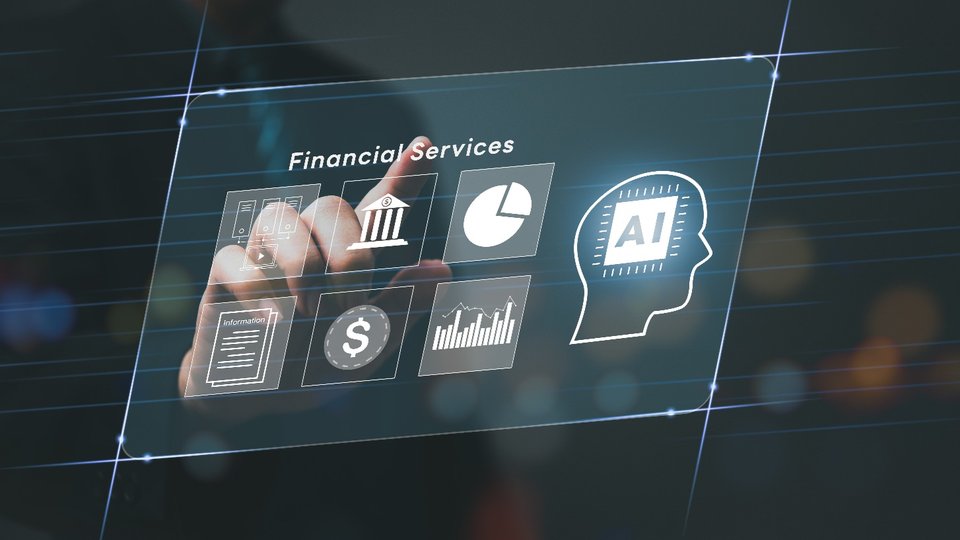Branch Transformation
Unlocking branch potential: Why banks should embrace branch automation
To stay competitive in a shifting landscape, banks must strategically embrace branch automation as the key to unlocking efficiencies, enhancing customer experiences and driving revenue growth.

August 26, 2025 by Joe Myers — Executive Vice President, Global Banking, Diebold Nixdorf
The banking industry is at a pivotal moment. With the rapid acceleration of digital transformation, banks need to integrate physical and digital channels to provide the seamless and connected banking experience that consumers expect. To stay competitive in a shifting landscape, banks must strategically embrace branch automation as the key to unlocking efficiencies, enhancing customer experiences and driving revenue growth.
Traditional branches are the most expensive service delivery channel, accounting for up to 70% of a retail bank's operational expenses. Optimizing this footprint requires a strategic shift from defensive cash management strategies to a forward-looking, offensive approach centered on branch automation to further enhance their efficiency and maximize value. This is vital as banks maintain physical branches for complex, in-person services, further highlighted by banks like Bank of America and JPMorgan Chase committing to opening new branches in areas where they see opportunities to service communities in need of personalized financial advice.
The untapped potential of branch transformation
For years, the role of bank branches has been focused on traditional transactions like cash withdrawals, deposits and basic account services. However, this overlooks the transformative potential of branches as hubs for innovation and customer engagement.
The future of branch banking requires unlocking the full potential offered by the self-service channel and exploring integrated solutions that serve both transactional and investment-oriented needs. Customers are increasingly frustrated by long lines and impersonal service. They seek seamless experiences that blend physical and digital interactions while offering advisory services tailored to their financial goals. From real-time support with complex banking products to making significant financial decisions, trust is critical, and having branch staff available to handle these more complex needs will increase customer satisfaction. This can only be accomplished when banks offer the right mix of self-service convenience and branch staff support.
Banks can reduce these friction points by focusing on automation that combines advanced hardware and software solutions. From smart ATMs that handle complex transactions to integrated payment systems, the possibilities for enhancing efficiency and customer satisfaction are endless, enabling branches to facilitate richer, easier and faster consumer journeys by combining self-service, branch and digital technology capabilities to nurture and grow customer relationships.
Accelerating branch automation
Branch automation isn't a single solution; it's a comprehensive strategy that redefines how banks operate to seamlessly integrate digital and physical transactions. The concept of branch automation solutions revolves around four core domains to ultimately drive efficiency levels and maximize value:
- Availability and security: Maximize the uptime and security of ATM solutions and teller cash recycling fleets to deliver an enhanced user experience, drive more self-service and increase staff productivity.
- Integrated cash management: Reduce the cost of cash through precise cash forecasting, optimized cash-handling services and improved performance management of cash-in-transit (CIT) vendors.
- ATM management and branch automation: Take self-service fleets to the next level by supporting a broader range and more complex transactions at the ATM and simplifying operations. Improve overall performance by transferring ATM management to a single partner and replacing multiple technologies with an integrated solution.
- End-to-end transaction processing: Deliver an agile and modern transaction processing platform that integrates the self-service channel into the wider consumer channel ecosystem, allowing financial institutions to move beyond the limitations of only handling card-based transactions.
Efficiency has never been more critical in banking. With rising pressure to improve earnings, banks are driven to enhance efficiency ratios while maintaining robust customer service. Branch automation provides a clear pathway to achieving these goals while enhancing their cash ecosystem, further automating processes, reducing operational costs and optimizing the branch network.
Consider the operational benefits: Automated systems reduce the need for manual processes, leading to faster service, fewer errors and lower costs. Automation also positions branches to serve underserved communities better, addressing regulatory concerns about access to banking deserts — areas where physical branches are scarce.
Moreover, economic uncertainty and potential shifts in government oversight highlight the need for agility. By automating processes, banks can adapt more quickly to regulatory changes, ensuring compliance while maintaining a competitive edge. In essence, branch automation enables financial institutions to future-proof their operations, making them more resilient in an ever-changing environment.
The future of banking is automated
As the banking landscape continues to evolve, automation will be the defining factor for success. Branches can no longer remain stagnant; they must transform into dynamic centers of innovation and customer engagement. By adopting advanced technologies, banks can reduce costs, enhance operational efficiency and deliver a more satisfying customer experience.
Those who embrace branch automation will be well-positioned to capitalize on new growth opportunities, from enhanced fee income to improved customer retention. Those who resist change risk being left behind in a world that values efficiency, accessibility and resilience. The message is clear: the future of banking is automated. And for financial institutions ready to make the leap, the rewards will be well worth the investment.
About Joe Myers
Joe Myers serves as Executive Vice President, Global Banking for Diebold Nixdorf, joining the company in 2022. In this role, he is responsible for leading the company’s Banking business teams around the world, working directly with customers to help automate, digitize and transform the way people bank. His span of accountability includes full P&L leadership, sales, banking service, and financial solutions distribution, including professional and managed services and key strategies.
Included In This Story
Diebold Nixdorf
As a global technology leader and innovative services provider, Diebold Nixdorf delivers the solutions that enable financial institutions to improve efficiencies, protect assets and better serve consumers.









